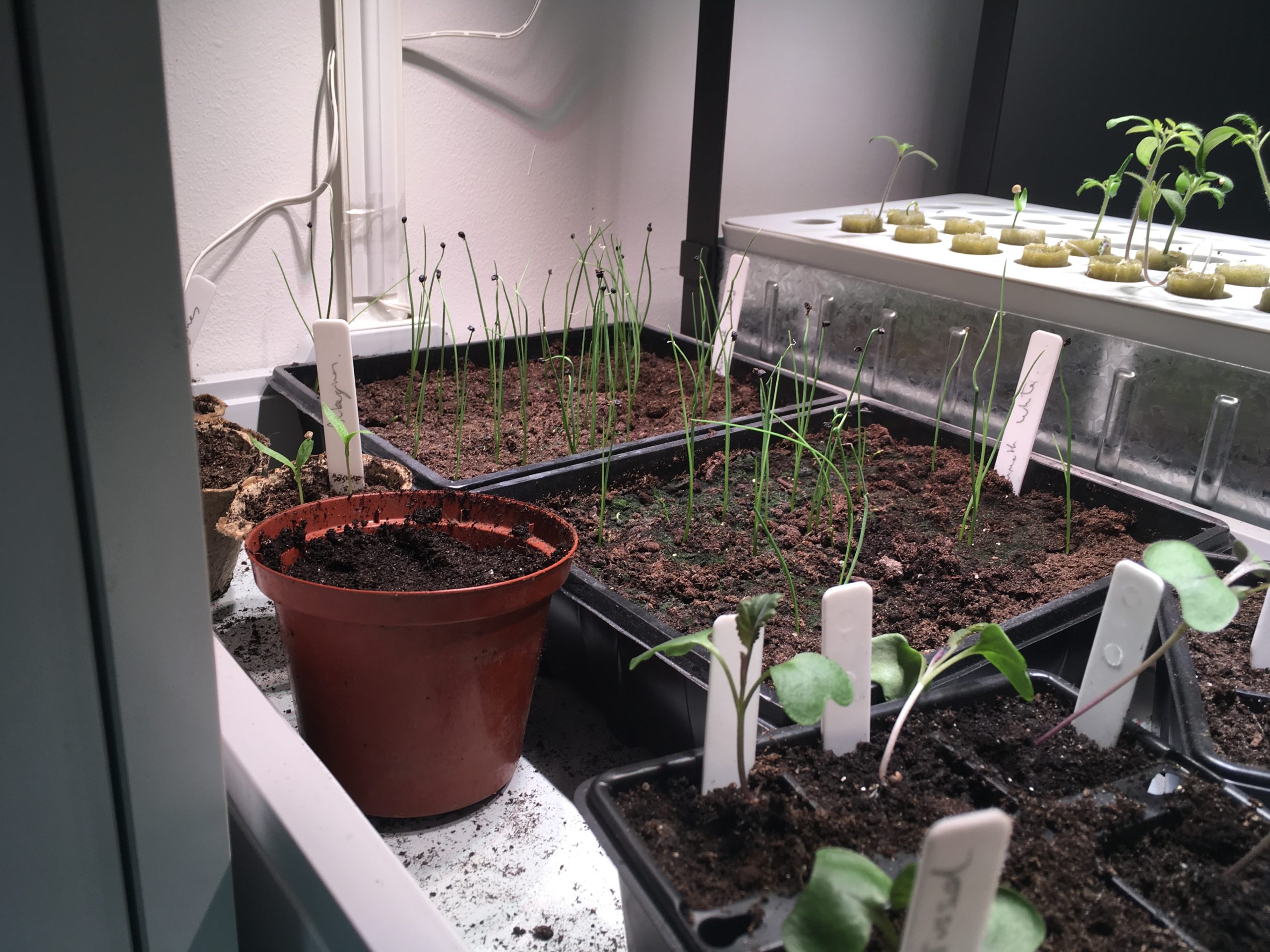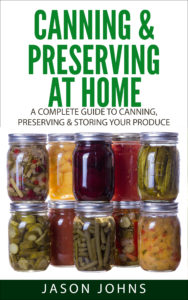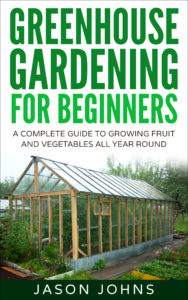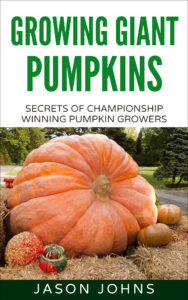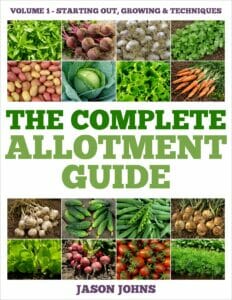How to Manage and Treat Garlic Rust
Introduction
Garlic is a staple in many cuisines and grown by home gardeners across the world. One of the biggest problems we face when growing garlic is garlic rust, which is unsightly and far too common. This article will concentrate on garlic rust, whereas if you want to find out about growing garlic itself, then please see this article.
Garlic rust is caused by a fungus, Puccinia allii, which can affect the yield of your garlic crop and the quality of it. As you read this article, you will find out what this fungus is, how it infects your garlic and, most importantly, what you can do about it.
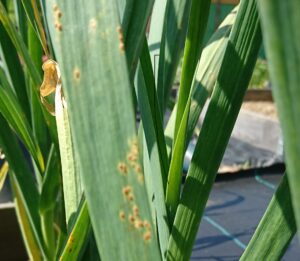
Understanding Garlic Rust
This fungal disease mainly affects garlic, Allium sativum, but can infect other members of the Allium family such as garlic and leeks. Puccinia allii is an obligate parasite, which means that it cannot complete its lifecycle without a living host.
Rust diseases, as you will see in the pictures in this article, are so named as they cause rust coloured pustules on the leaves and stems of the plants they infect.
Lifecycle
The first step in combating any disease is to understand its lifecycle. This involves several stages:
- Urendiniospores – during the growing season, these asexual spores appear on the leaves of your garlic, forming the reddish-brown pustules we associate with garlic rust. These spread the diseases.
- Teliospores – at the end of the growing season, black teliospores form on the leaves. These are the spores that ensure the survival of the fungus over winter.
- Basidiospores – when conditions are favourable, the teliospores can germinate to produce basidiospores that initiate new infections.
Garlic rust thrives in cool, damp conditions, which are perfect for the spores to germinate and infect your plants. The spores make their way into your garden usually by being blown in on the wind, but they can be transported by humans or insects and by rain splash.
Garlic Rust Symptoms
Like most plant diseases, it is better to detect garlic rush early as it will be easier to manage. When you weed and water your garlic, check the leaves for signs of rush. Some of the most obvious symptoms include:
- Yellow/orange spots – small chlorotic (yellow) spots appear on the leaves that grow larger to become bright orange or rust coloured pustules.
- Leaf yellowing and necrosis – as the disease takes hold, the infected leaves turn yellow, wither and eventually die.
- Reduced bulb size – severe infections stunt the plant growth, resulting in small bulbs.
The initial symptoms of garlic rust can be mistaken for other issues, such as nutrient deficiencies.
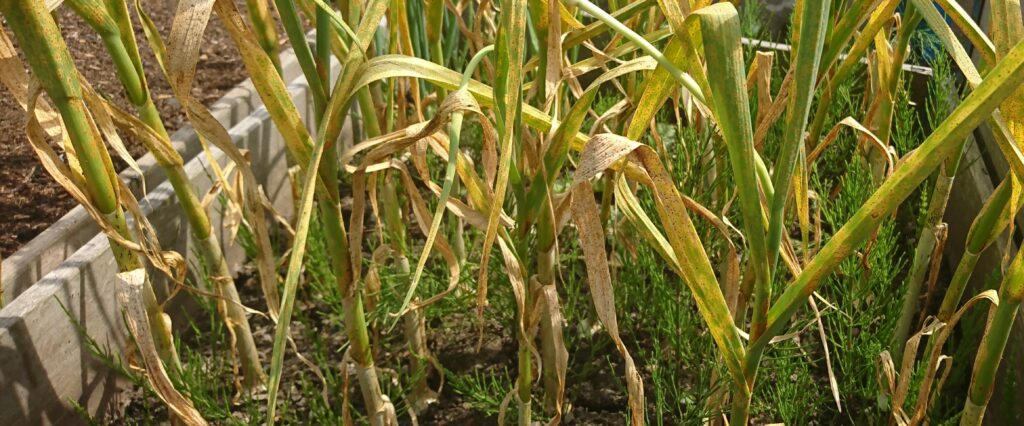
Spread and Epidemiology
The primary method that garlic rust spores spread is through urediniospores carried on the air. These can travel a significant distance on the wind. The spread and development of this disease does depend on several environmental factors:
- Temperature – the spores germinate best when the temperature is between 10-25°C/50-77°F.
- Humidity – high humidity and damp leaves are essential for the spores to germinate. When garlic bulbs are spaced properly and weeds kept down, the leaves dry quicker and so it is harder for this fungal disease to take hold.
- Wind – the stronger the wind, the further the spores can travel on it.
Unfortunately, as our climate changes, summers, certainly here in Britain, are becoming warmer, damper and windier, which makes for an ideal environment for fungal disease such as garlic rust.
Management Strategies
The best way to manage garlic rust is an integrated pest control method where you combine cultural practices, chemical treatments and biological control methods.
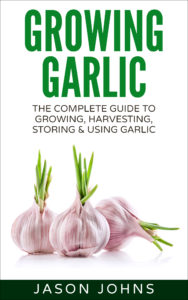
Cultural Practices
Practice crop rotation where you do not plant garlic or any other member of the Allium familiar in the same location for 3-4 consecutive years. This prevents the spores from building up to a critical level in the soil.
Good sanitation also helps to prevent garlic rust, and other diseases, from taking hold. Remove and destroy any infected plant material and keep the area around your garlic free from weeds and other plant debris.
Adequate spacing is another essential for healthy plants. When there is enough space between your garlic bulbs, the air can circulate properly around them, which stops the leaves from staying damp so that they are no longer an ideal host for garlic rust.
Rather than watering from above, try using drip irrigation to reduce wetting the leaves or direct the water specifically to the soil around the bulb. Watering in the morning gives the leaves more chance to dry during the day so that the fungal spores cannot take hold.
Chemical Control
Fungicides can help you to manage garlic rust, particularly when used at the first sign of infection or even as a preventative measure. There are several fungicides on the market such as Myclobutanil, Azoxystrobin and Chlorothalonil. Research the fungicides before use and follow the directions of the label. Avoid constantly using one type of fungicide as reduces the chance of the fungus becoming resistant to the chemicals.
Biological Control
Scientists are still working on biological control agents for this fungus, but Bacillus subtilis can supress the fungal growth and Trichoderma spp. Is proving affective. Using these in combination with cultural control strategies can help reduce your need for chemicals.
If garlic rust is a major problem in your area, as well as the above strategies, you can look for resistant cultivars and plant those. When combined with cultural management strategies, this can help significantly reduce the incidences of garlic rust.

Endnote
Garlic rust can be a significant problem both for commercial growers, but also for home growers. Providing the rust occurs later in the growing season and does not completely overwhelm the plant, you can generally just remove the infected leaves and allow the plant to continue to grow.
However, when the fungus has taken hold and the leaves are dying, this means that the garlic bulbs are not going to develop much further as there are few, if any, leaves to provide energy to grow through photosynthesis. In this instance, the diseased material needs to be removed and destroy with the bulbs being saved and used in the immediate future.
Regular monitoring of your garlic helps you to spot any signs of infection and take action before it becomes a serious issue.
Find out more about growing garlic in my book of the same now, available in all good book stores and online here or clicking the image below.


